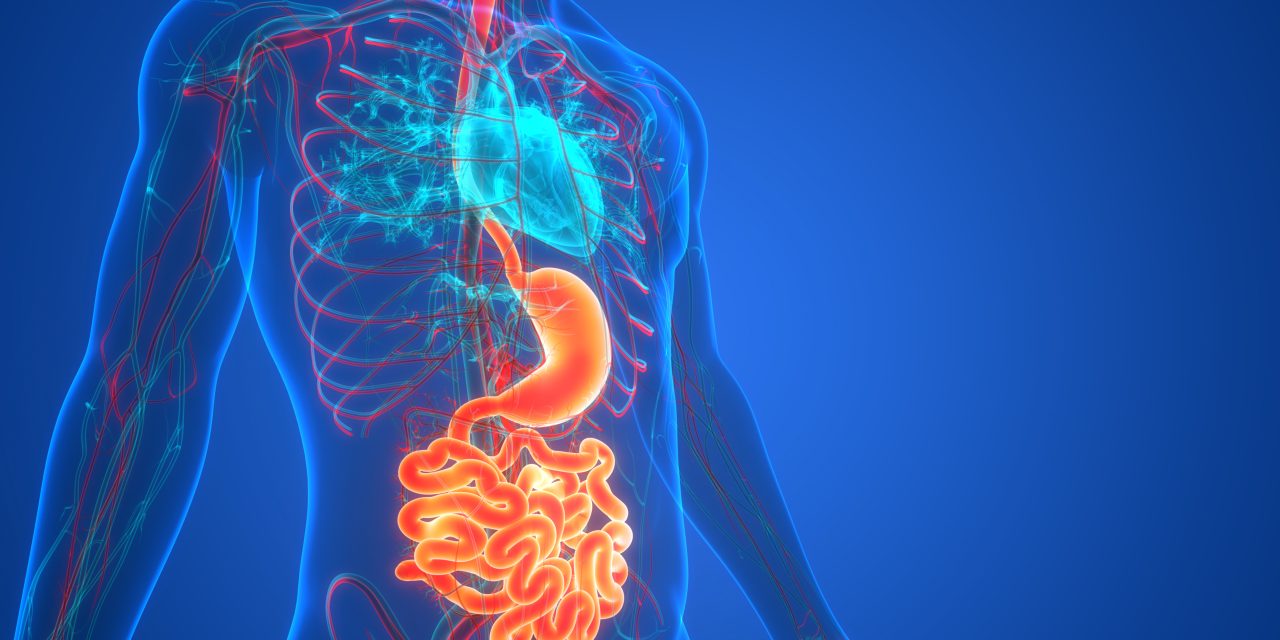Esophageal histology is criticalfor diagnosis and surveillance of disease activity in eosinophilic esophagitis (EoE). Avalidated noninvasive biomarker has not been identified. We aimed to determine the utility of blood and urine eosinophil-associated proteinsto diagnose EoEandpredict esophageal eosinophilia.
Bloodand urine were collected from children undergoing endoscopy with biopsy. Absolute eosinophil count (AEC), plasma eosinophil-derived neurotoxin (EDN), eosinophil cationic protein (ECP), major basic protein-1 (MBP-1), galectin-10 (CLC/GAL-10), Eotaxin-2 and Eotaxin-3, and urine osteopontin (OPN) andmatrix metalloproteinase-9 (MMP-9) were determined. Differences were assessed between EoE and control, and with treatment response.The capacity to predictEoE diagnosis andesophageal eosinophil countswas assessed.
183 specimens were collected from 56 EoE patients and 15 non-EoE controls with symptoms of esophageal dysfunction;33 EoE patients had paired pre- and post-treatment specimens. Plasma (CLC/GAL-10, ECP, EDN, Eotaxin-3, MBP-1) and urine (OPN) biomarkers were increased in EoEcompared to control. A panel comprising CLC/GAL-10, Eotaxin-3, ECP, EDN, MBP-1, and AEC was superior to AEC alone in distinguishing EoE from control. AEC, CLC/GAL-10, ECP, and MBP-1 were significantly decreased in patients with esophageal eosinophil counts<15/hpf in response to treatment. AEC, CLC/GAL-10, ECP, EDN, OPN, and MBP-1each predictedesophageal eosinophil counts utilizing mixed models controlled for age, gender, treatment and atopy; AEC combined with MBP-1 best predicted the counts.
We identified novel panels of eosinophil-associatedproteinsthat along with AEC are superior to AECalone in distinguishing EoE from controls andpredictingesophageal eosinophil counts.
This article is protected by copyright. All rights reserved.
Noninvasive Biomarkers Identify Eosinophilic Esophagitis: A Prospective Longitudinal Study in Children.


